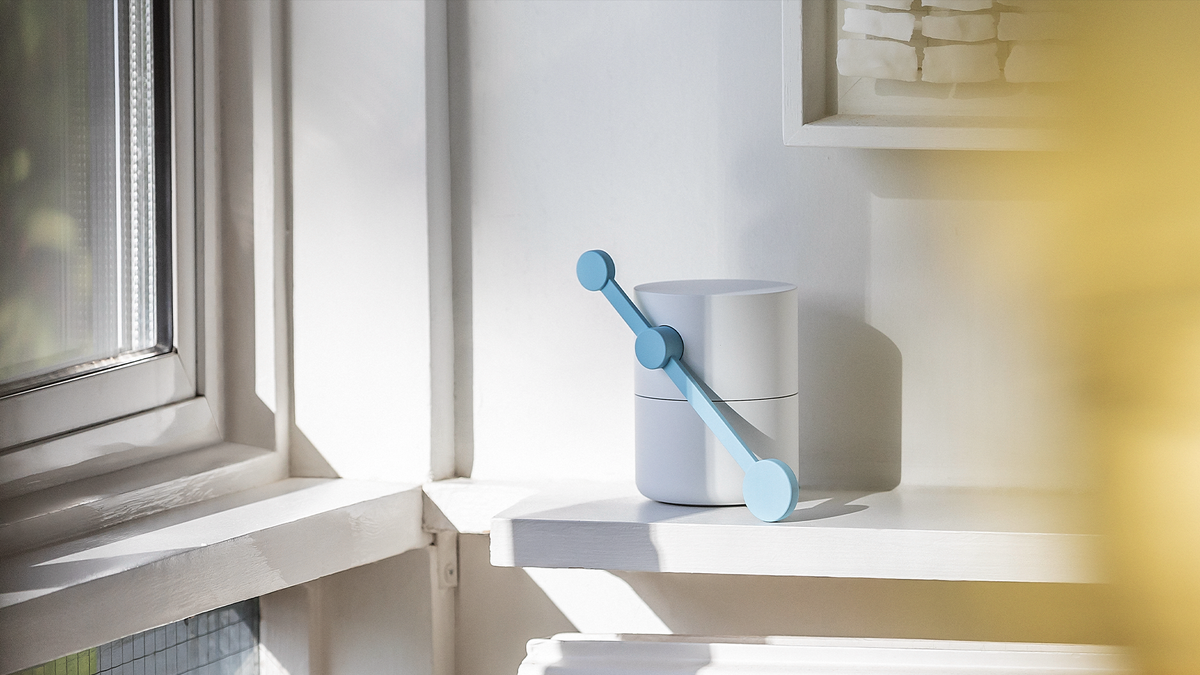
We’ve grown accustomed to some pretty annoying notifications. But maybe our devices don’t need to make loud chimes or blink little lights to get our attention. In a new experiment, Google Seed Studio and Map Project Office designed several devices that subtly ask for attention through small movements, gentle sounds, and changes to the environment.
Called “Little Signals,” this experiment is an interesting implementation of Google’s ambient computing concept. The company believes that technology should be unintrusive—devices shouldn’t be the center of your attention, and they should fade into the background when not in use.
One device in this experiment “breathes” or “stretches” to alter its shadow, gently alerting you to a notification. Another, which I think is the most interesting, blows a slow stream of air on indoor plants to get your attention.
Play Video
Here’s the full list of Little Signals devices:
- Air: Interacts with its close surroundings. Pulses of air move nearby items, like the leaves of a plant, to attract attention.
- Button: Combines scale and sound to communicate and provide control. The top twists — right for more details, left for less — and grows as it receives information. It plays a tone when full.
- Movement: Features seven pegs that graphically represent information — like a calendar or timer– through their height and motion. The pegs work individually or as a group, and are tapped for simple input.
- Rhythm: Generates ambient sounds. Qualities of the melody convey qualities of the information, like its importance, urgency, or tone. A wave over the object, or simply turning it over, mutes it.
- Shadow: Communicates through the movements of the shadow it casts. They show the object’s status, like gently breathing when active or stretching in response to presence.
- Tap: Makes use of surfaces to create sounds that act as notifications. A stronger tap means more pressing news.
Google hasn’t clarified how it will use this technology, if at all. But the ambient computing concept seems best fit for smart home products, such as the Nest Hub. Additionally, Google included a few loose use-cases for Little Signals in its reveal video—one machine sits in a medicine cabinet and taps pill bottles, for example..
If you’re experienced with electronics, you can build your own Little Signals devices using Arduino. Code for the projects is available on Google’s website.
Source: Google via Android Authority
